First, let’s get one thing straight: tamale is an English word. In the cultures across Latin America where it is enjoyed, this popular Mesoamerican specialty is referred to as a tamal (singular) or tamales (plural).
Although almost every country throughout Latin America and the Caribbean has its own take on the tamal, it is believed that the dish was first made by ancient indigenous cultures in what is now known as Mexico – which might be the reason why nearly 500 varieties of this portable and extremely versatile specialty can be found throughout the country.
Despite their versatility, tamals – whose name comes from the Nahuatl word tamalli (meaning “wrapped”) – are fundamentally all the same: carb-loaded bundles bursting with a tasty filling. First wrapped in a kind of leaf and then steamed or occasionally baked, they are most commonly served warm alongside a sweet and comforting beverage.
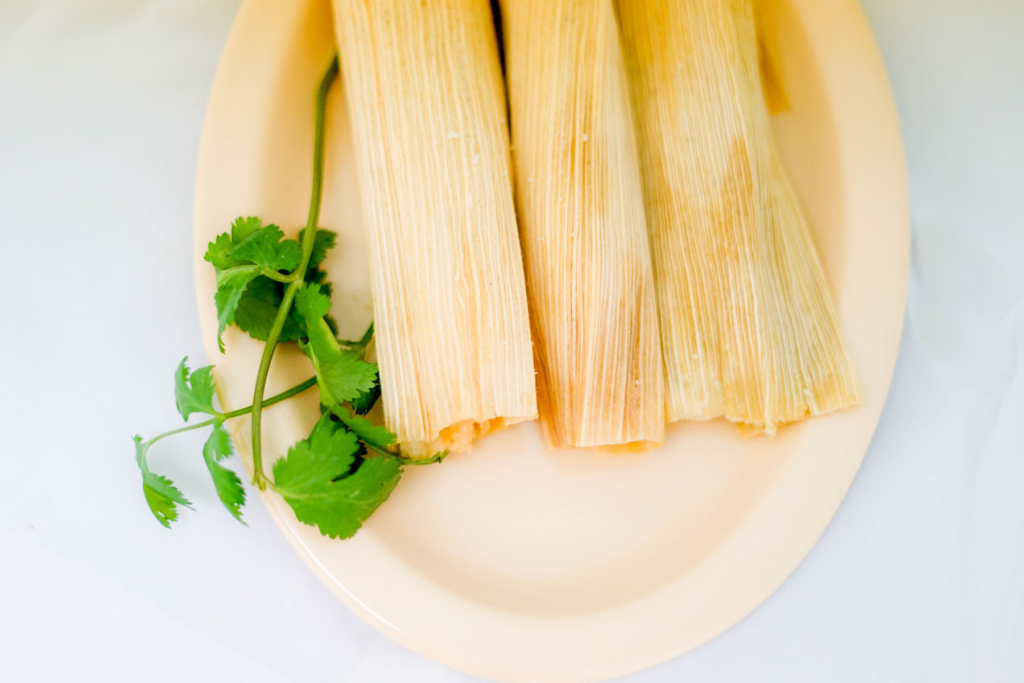
From Festive Food To Street Eats
Once thought of as sacred foods of the gods and only served at feasts and festivals, tamales’ portability eventually led to their popularisation as the perfect on-the-go meal for warriors, hunters and travellers. Before the Spaniards arrived on the continent, the steamy pocket of goodness lacked some of the ingredients that would be introduced after the conquest, such as chicken, pork or lard, and were only made with locally available ingredients such as beans, squash, corn masa, chilies and certains types of meat and fish.
In Mexico today, tamales are commonly enjoyed at festivities and large gatherings such as weddings, holidays and even funerals, however you’ll also see them being served from huge steaming pots by vendors at the roadside.
Over time, the dish has become both ubiquitous and distinct. People began incorporating ingredients and techniques from their particular region, and tamales evolved slightly differently in each state across the country. Wrappings may vary from banana leaves to dried corn husks, fresh corn leaves or avocado leaves. The filling can be seasoned with broth, and may include masa, roughly ground corn, rice or wheat flour. Tamales can come wrapped individually or spoon-served from a big container. They may be slathered with grated cheese and cream, or topped with a simple tomato-based salsa.
Nowadays, creative chefs make tamales with all kinds of wacky and unconventional fillings, ranging from goat cheese and huitlacoche (aka corn mushrooms or “Mexican truffles”) to gummy bears and entire chocolate bars, but it is still interesting to discover the delicious traditional variations that can be found throughout the country.
The Many Tamales Of Mexico
Corundas
To the west of Mexico City lies Michoacán state, which is most famous as a monarch butterfly sanctuary in wintertime, as well as home to this particular version of a tamal. The main characteristics of corundas are their rather small size, their unusual triangular shape, and the fact that they’re wrapped in corn stalk leaves that can be up to 50cm long. Corundas are typically made with corn masa and served with a tomato-based sauce, cream and sometimes Cotija cheese, which is also originally from the region. In some cases the nixtamal preparation for the masa (a process by which maize is boiled in an alkaline solution before being hulled and milled) uses ashes instead of the more common limewater.
Tamal Canario
Fancy something sweet? Michoacán state also offers this simple dessert tamal. Small and yellow in colour, this sweet treat is made with rice flour, sugar, egg yolk, milk and raisins – and sometimes with a bit of rum – swathed in corn husks then steamed. Served at parties, a tamal canario is usually accompanied by a hot, sweet beverage like atole (a cornmeal drink). Another similar version of this dessert can be found in the state of Morelos, where they use a bit of wheat flour and mostly butter, which lends it a texture much like cake.
View this post on Instagram
Tamales Barbones
What it lacks in size, Nayarit – one of Mexico’s smallest states – makes up for in natural riches: the state boasts more than 300 kilometres of coastline, offering gorgeous beaches and a wealth of seafood; Nayarit is the country’s biggest shrimp producer. Tamales here are known as barbones, meaning “bearded”, and are made with regular corn masa seasoned with a special regional chilli called colorado, as well as – you guessed it – shrimp broth. They come wrapped in corn husks, stuffed with whole shrimps with the legs sticking out (hence the name) and are cooked in a steamer. A special delicacy for seafood lovers.
Zacahuil
If we head east to the Huasteca region and the state of San Luis Potosí, we’ll not only find incredibly beautiful waterfalls and lagoons, as well as surreal castles in the middle of the jungle, but we’ll also encounter the very unique, humongous zacachuil. More like a pudding than a classic tamal, this specialty can be as long as five metres and is commonly made with roughly ground corn kernels and whole pieces of turkey, chicken or pork, along with tomatoes, lard, local herbs, chilies and spices, all wrapped in banana leaves. A zacachuil can weigh around 60 kilos and is served with a spoon at special occasions like funerals or Día de Muertos.
View this post on Instagram
Mucbilpollo
Way down south on the Yucatán peninsula, where mysterious cenotes and towering pyramids offer a touch of the exotic, we find this casserole-like delicacy. Made with corn masa mixed with broth and lard, mucbilpollos are tinted with annato seed (achiote) that is layered in a dish lined with banana leaves, alternating with a special salsa of garlic, black pepper and allspice, as well as a layer of red onion, sweet chilli and habanero. Lastly, the creation is topped with another masa layer and a banana leaf. It is traditionally cooked in a ground oven, and is mostly enjoyed during the Día de Muertos celebrations alongside hot cacao beverages.
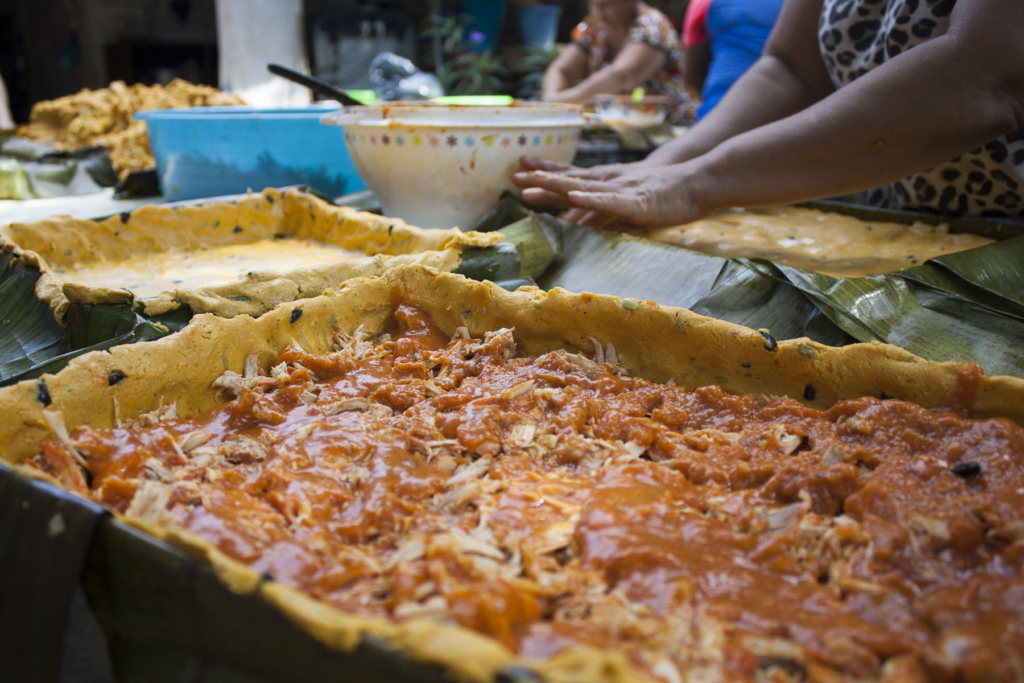
[Mucbilpollo. Photo: Adan Tun Salazar/Wikimedia Commons]
Tamal de Chipilín
Also on the Yucatan peninsula, we find Tabasco state – known not only for its cacao and corn production (and extremely humid weather), but also for its delicious tamal de chipilín. Prepared with corn masa mixed with lard and chipilín, a very aromatic herb found in the region, the mix is wrapped inside a banana leaf and steamed, then served with tomato sauce and a bit of crumbled cheese.
View this post on Instagram
Tamal de Cambray
A little further south in the magnificent, enigmatic state of Chiapas – home of the jaguar, as well as more than 56 different linguistic groups and masterfully crafted textiles – you’ll find the eclectic tamal de cambray: a previously softened banana leaf is shaped into a cylinder and lined with corn masa mixed with lard, then stuffed with potatoes, olives, green beans, plantains, carrots, peas, hard-boiled eggs, raisins, pork and chicken, chillies and sometimes even prunes, making for a delightful sweet and savoury dish that’s typically served at weddings.
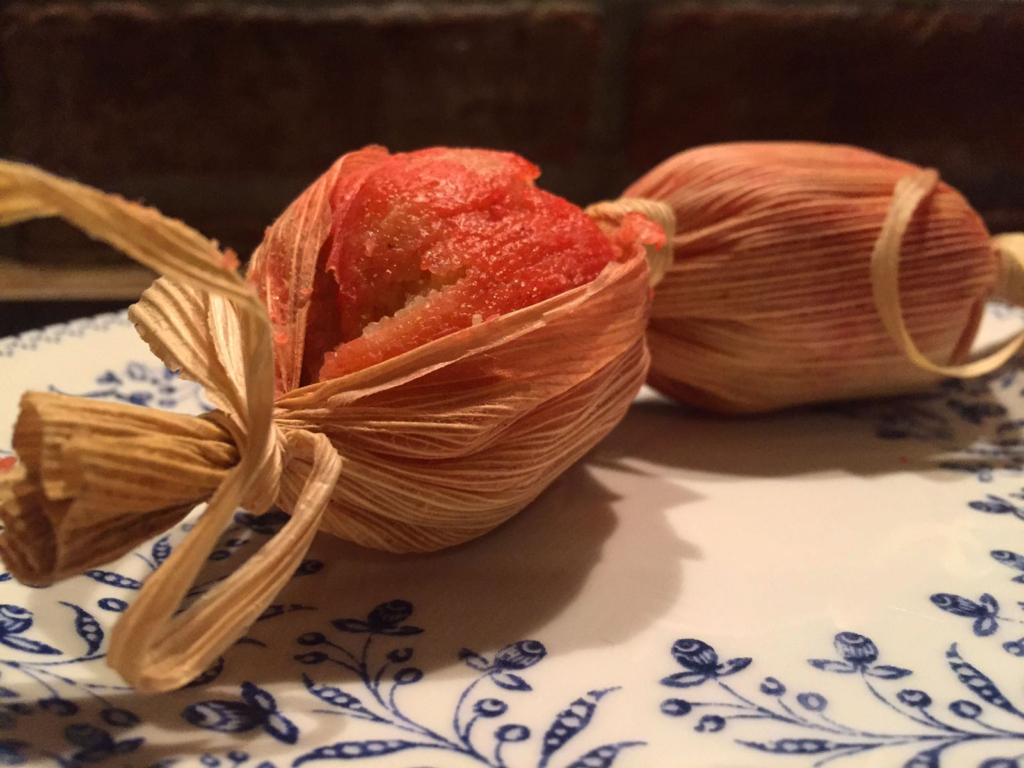
[Tamal de Cambray. Photo: Luisfi/Wikimedia Commons]
Torta de Tamal
To end our fantastic tamal-fuelled trip through Mexico, we arrive in the chaotic yet cosmopolitan capital. With its overwhelming population of over 22 million, Mexico City is always on the move – which might explain why this hearty carbs-on-carbs delicacy was born. The guajolota (“female turkey”) or tamal torta is basically a tamal sandwich, made with a bun known as a bolillo that’s hollowed out and then stuffed with a tamal – the filling of which can be either sweet or savoury, creating the perfect one-handed meal for a fast-paced lifestyle. And if you’re especially hungry, there’s the belly-busting version featuring a deep-fried tamale.
Whatever tamal appeals to you most, the important thing to remember when enjoying authentic Mexican tamales is to firstly get rid of the wrapping in which they were cooked. Oh yes, and be sure to get your hands on them when they’re hot and fresh.
PROMOTION: YOUR INSIDER TIP
Discover Fiesta Americana México Toreo
Experience a different side of Mexico City at this avant-garde hotel, ideally situated near the Centro Citibanamex convention center and exclusive Toreo Parque Central shopping complex. Click here to book.
About Anais Martinez
Anais is a Mexico City-based professional eater and culinary tour guide who spends her days roaming the city streets in search of the best places to eat and drink. A graduate of one of the most prestigious gastronomy universities in the country, Universidad del Claustro de Sor Juana, Anais studied everything from food history to regional cuisine, administration and food science. After working for several years in the food industry managing restaurants, she moved to the UK and Italy where she studied graphic design and food styling. She moved back to her hometown in 2012 and began giving food tours, working as a consultant for restaurants and blogging about Mexican food and culture at TheCuriousMexican.com. As a Mexico City food tour guide for the last seven years, Anais has her fingers on the pulse of the city’s vibrant culinary scene.
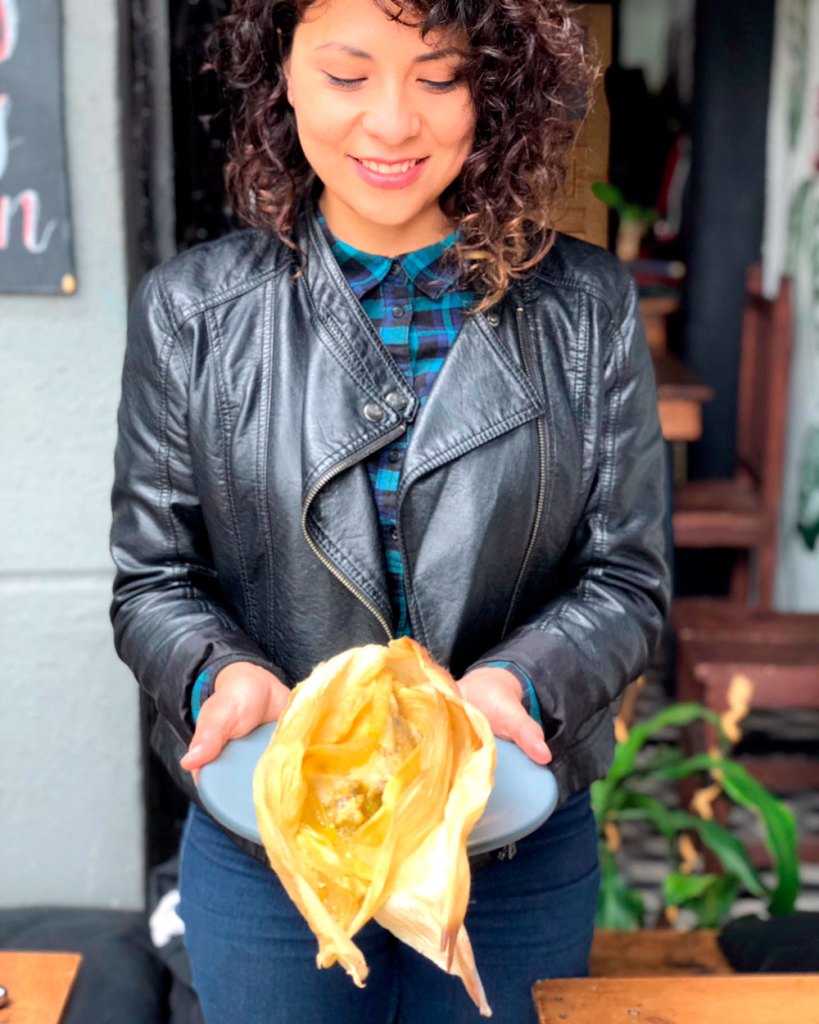

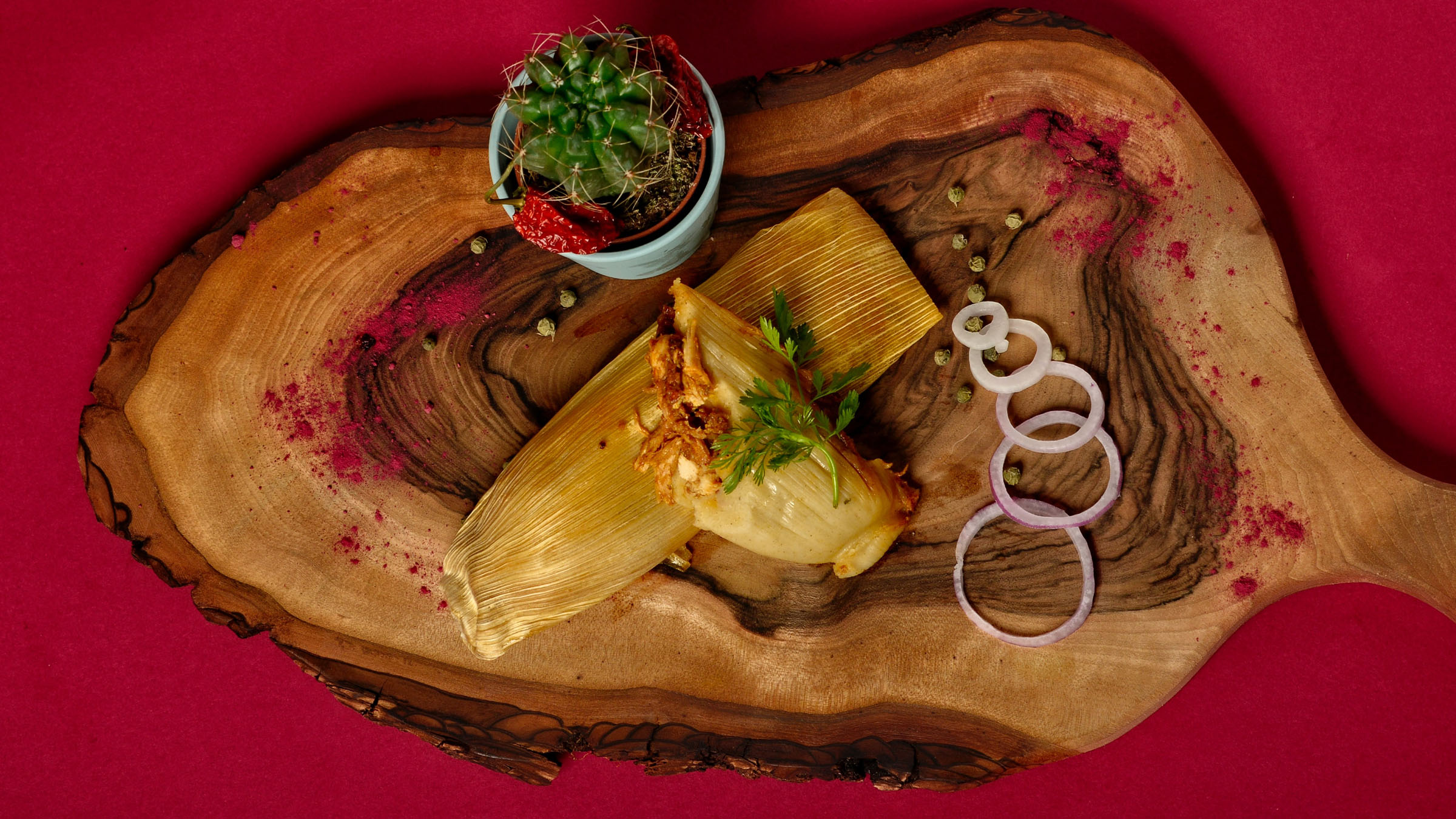

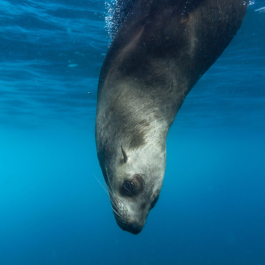
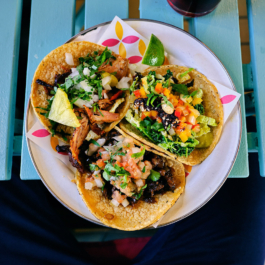
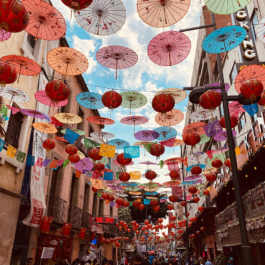




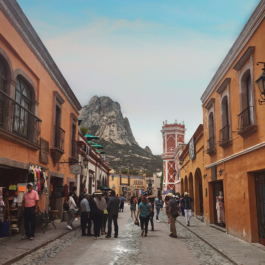

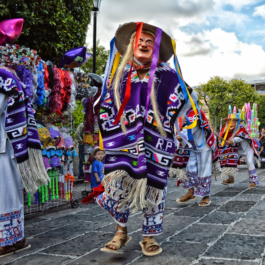

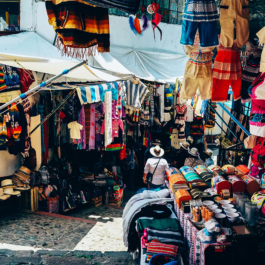
Sorry, the comment form is closed at this time.